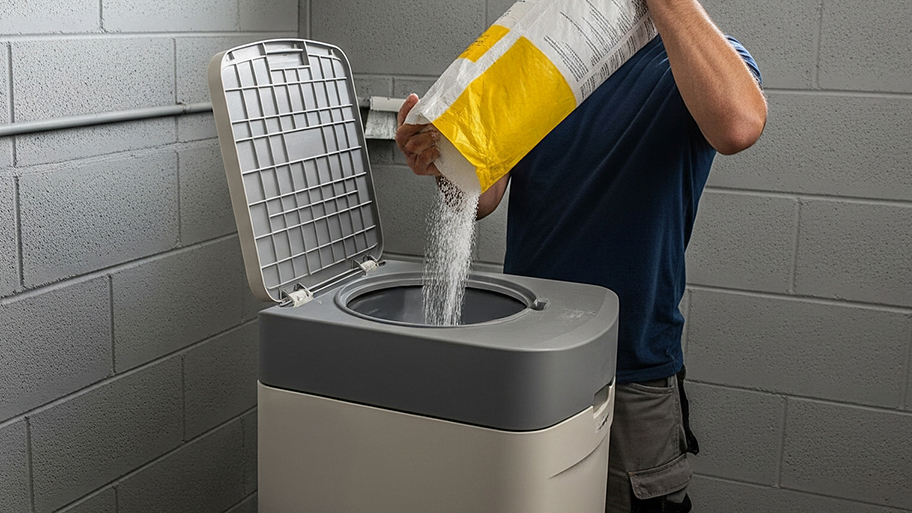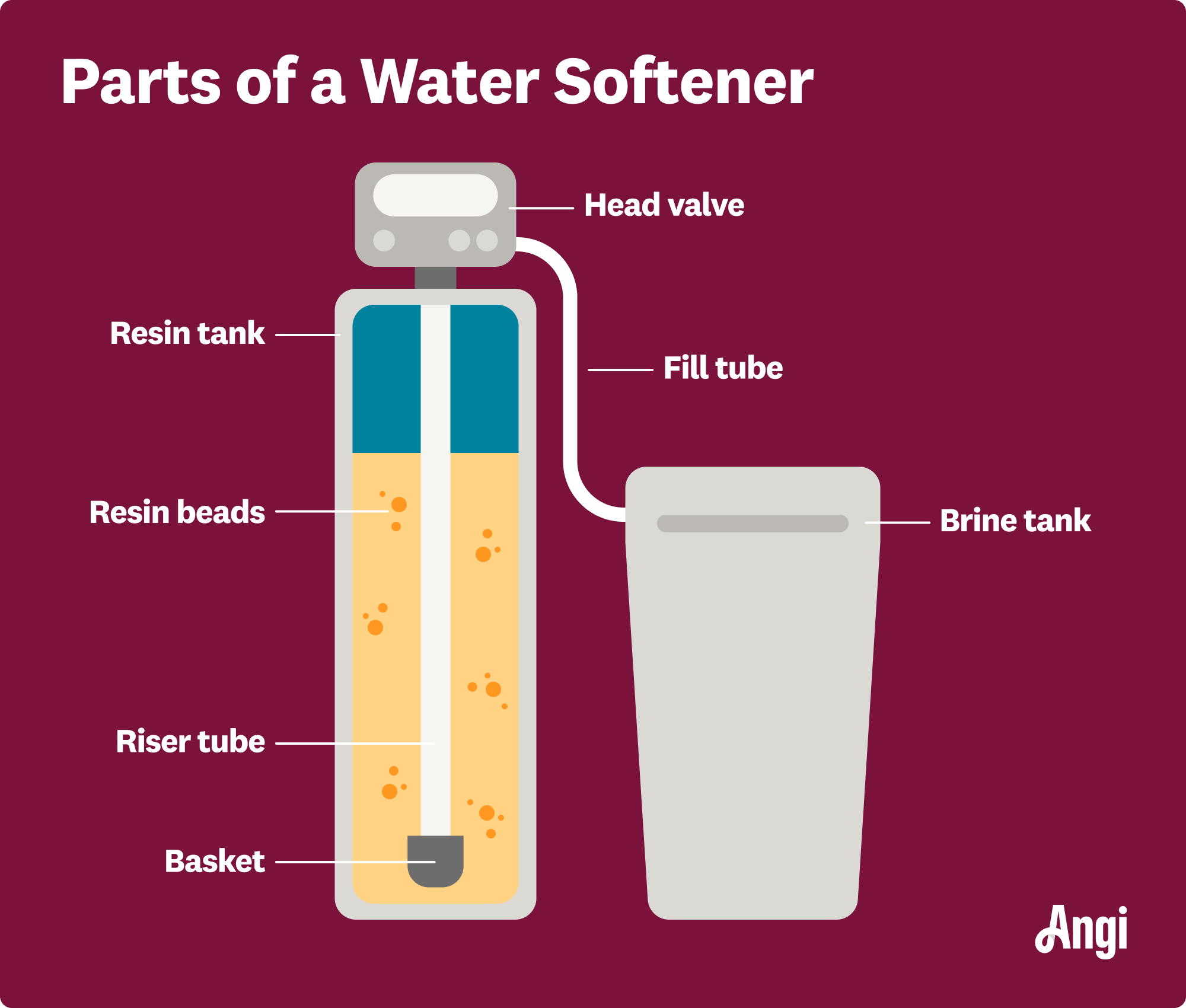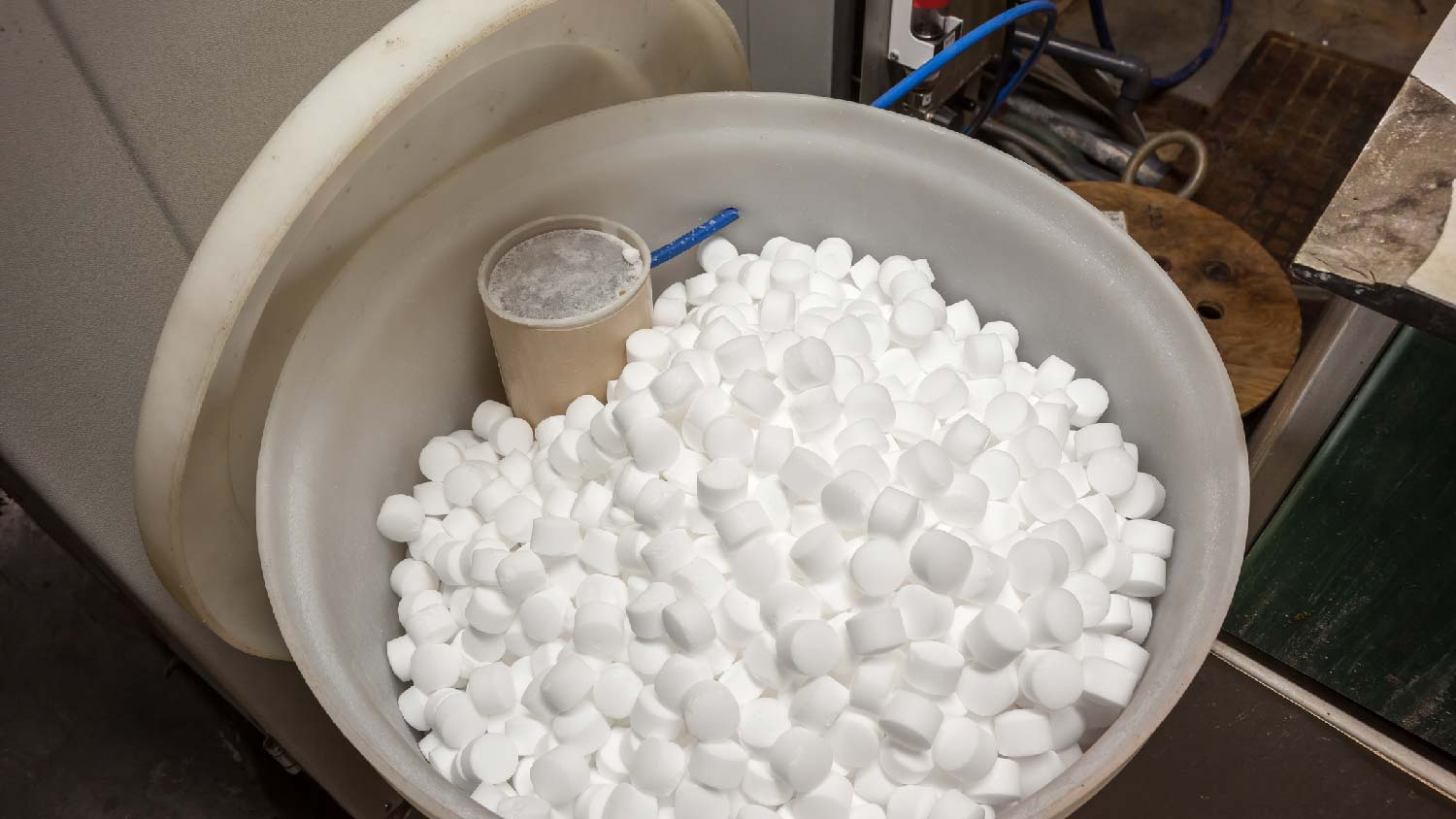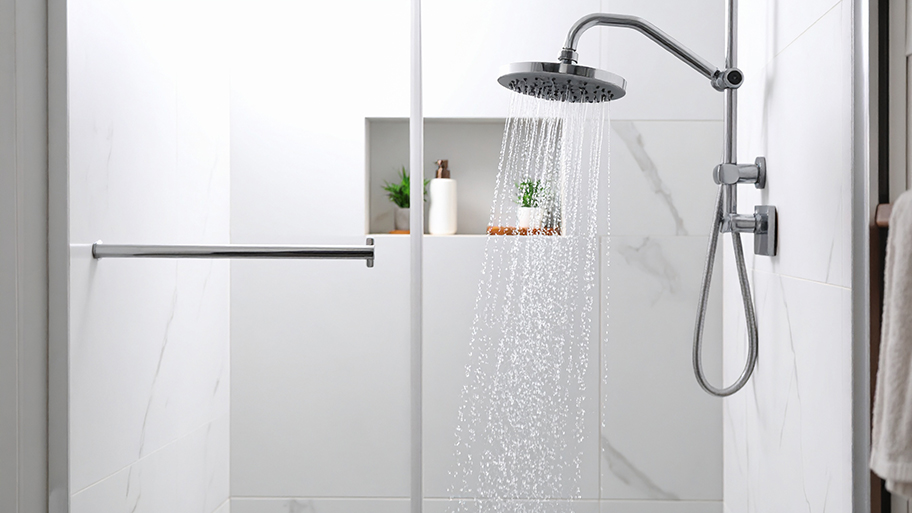
How much a water softener costs depends on your home’s size, and the system’s type and capacity. Our expert guide explores all the price factors.
Choosing your water softener’s location doesn’t need to be hard


Basements and garages are the most common locations.
Crawl spaces should be your final option.
Soft water prevents mineral buildup in pipes.
The average softener installation costs around $1,500.
A water softener treats your hard water by removing minerals, resulting in softer, more enjoyable water. But you may wonder where to install a water softener—and why. The location of your water lines will determine where you install your water softener. That being said, you should hire a pro to double-check your chosen spot and perform the installation.
The main difference between soft water and hard water is the mineral content. Hard water has higher levels of calcium and magnesium, whereas soft water has undergone a process to remove these minerals.
First of all, installing a water softener is a pro-level job, so don’t try this at home (literally). However, you can help move the job along by determining the best location to install it. Remember that the softener is most effective when installed where the city’s water or well water attaches to your home. Because pipes are buried, this is usually in a basement.

Softeners are most commonly installed in the basement next to a water heater. There are a few reasons for this: basements have extra space, the main water lines come in through the basement, and pipes aren’t always covered by walls or flooring.
Another benefit of installing next to a water heater is that it’s easier to track down problems in the system. Any plumbing issues that crop up are likely to be near the water heater or softener, which allows you to check both easily. Bonus points, as basements are usually not too tight of spaces.
Not all homes have basements. If they don’t, they likely have a crawl space. These vary in size and are more difficult to work in compared to a basement, and they present unique climate considerations. Those in colder climates may not even have the option, as frozen water can damage the system. Excess humidity is another common crawl space problem.
A benefit of crawl space installation is that it doesn’t take up space in the home. Not everyone appreciates the look of these devices, and if they’re in a crawl space, you never have to see them unless you’re working on them. However, this is the least desirable location for a softener due to its inaccessibility.
A garage can be a great place to install a water softener, but you need the space and the water line access. The garage also preserves some of the ambient temperature of the home, meaning you don’t need to worry about freezing pipes in the winter.
Like a crawl space, a garage installation keeps the softener out of the livable space of the home and should be easy to access. If you don’t have a basement (and already have the water’s point of entry to the home in the garage), this is the preferred option.
Utility rooms often have good pipe access, but they would need to be near or at the start of your water system. A local water softener installation pro can help determine if this is the case.
However, a utility room installation has significant downsides. This is the only installation option that uses space inside the home. Secondly, you may need to remove flooring or walls to access the correct pipes. Finally, if there are any leakage issues, this could affect a more expensive part of your home to fix.

Picking the right location isn’t always a choice—meaning your house and your home’s water entry point will likely choose for you. However, if you have a home where you actually do have options, choose the location that is the easiest to access and uses the least amount of livable space.
These appliances can be big, and you may need to make some room. Some tips to make space for a water softener are:
Stack your washer and dryer.
Rearrange basement furniture (or even walls).
Consider installing a crawl space if you don’t have one.
Install cabinets or shelves above the softener for added storage.
From average costs to expert advice, get all the answers you need to get your job done.

How much a water softener costs depends on your home’s size, and the system’s type and capacity. Our expert guide explores all the price factors.

Wondering about water treatment system costs? Learn average prices, key cost factors, and ways to save on installation and maintenance for your home.

Water softener repair costs can add up, but they’re almost always worthwhile. Use this guide to see what your project is going to cost before you get started.

Trying to decide between the different types of water softeners? Our guide will help you choose the right salt-based or salt-free option for your home.

What is hard water? It contains high levels of minerals that dry skin and hair, stain dishes and clothes, and limit the life span of plumbing and appliances.

Is hard water bad for you? Not to drink, but it can dry out your skin and create problems for your household appliances. Here’s what you need to know.